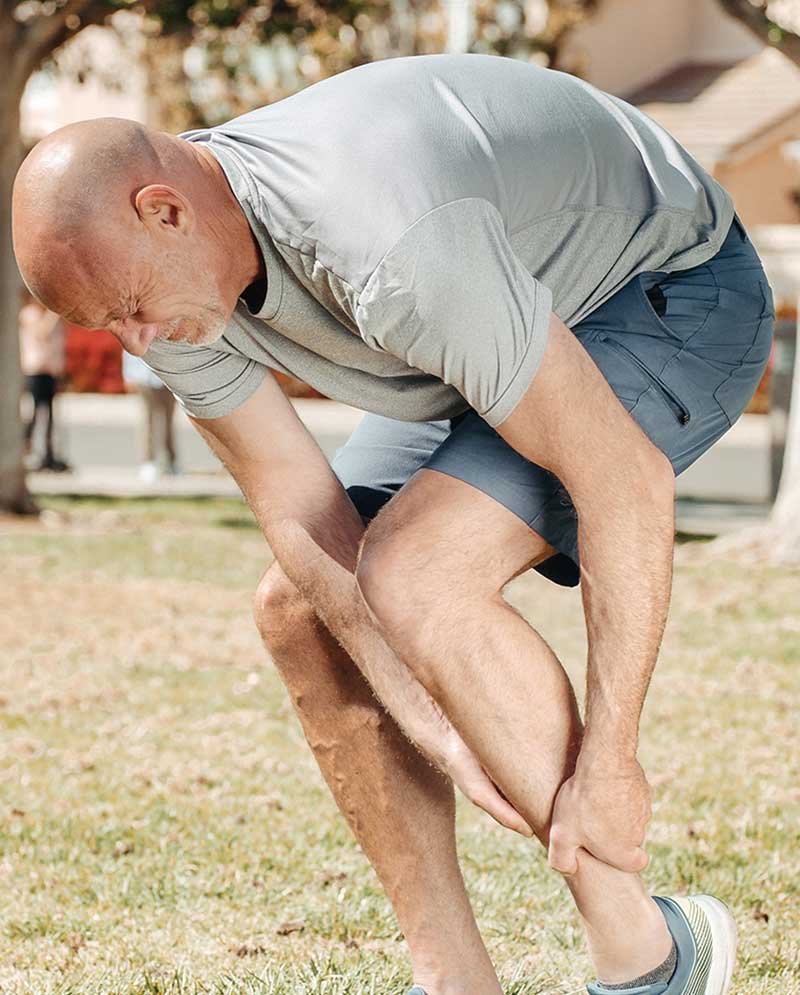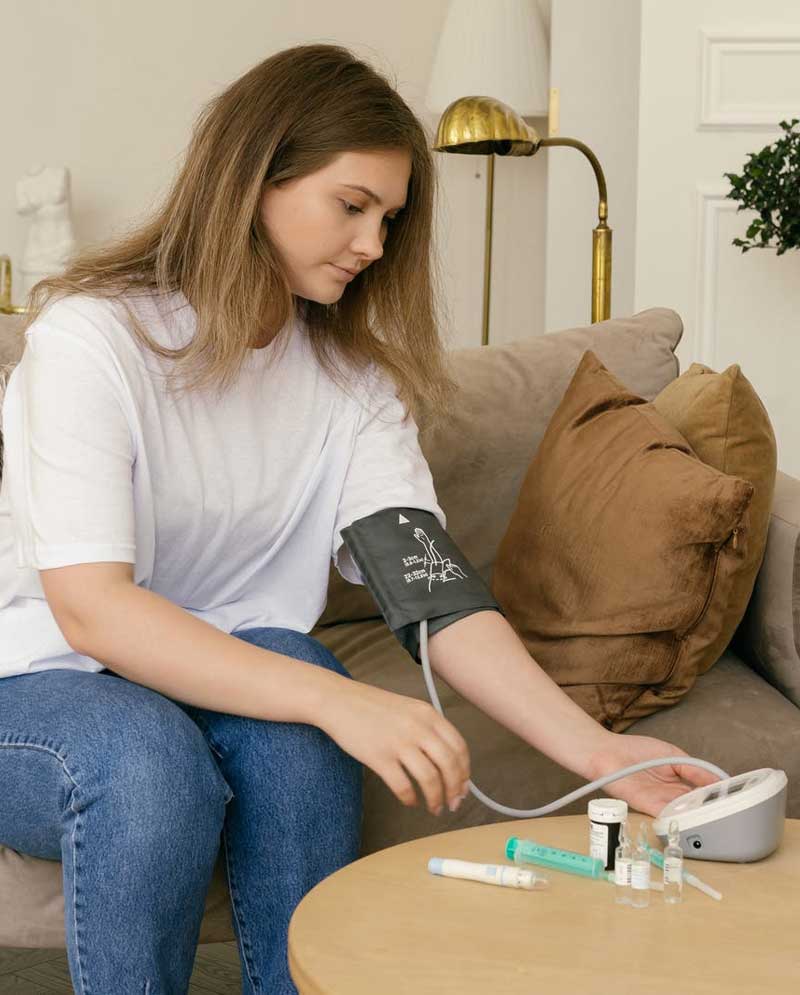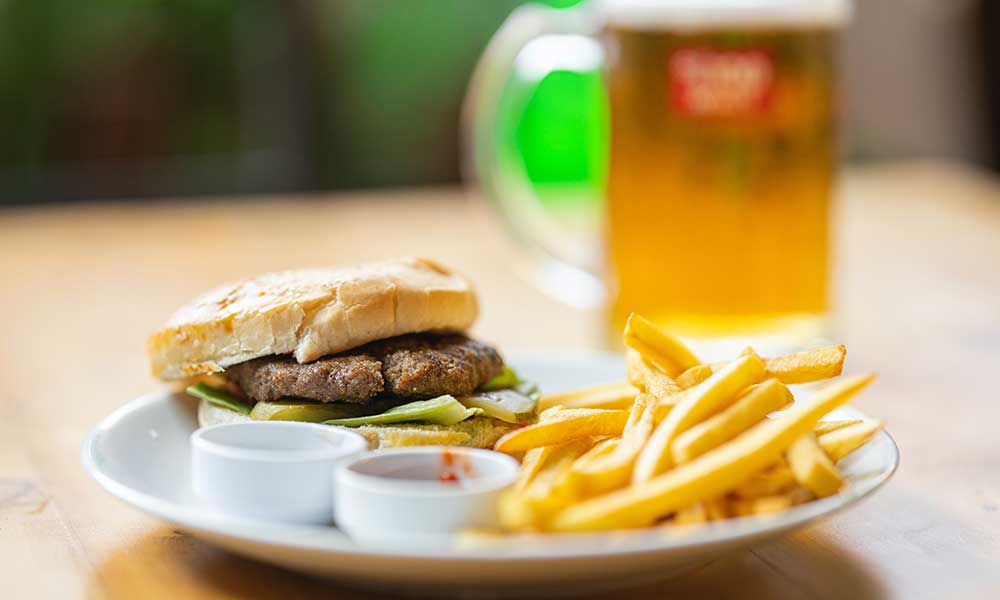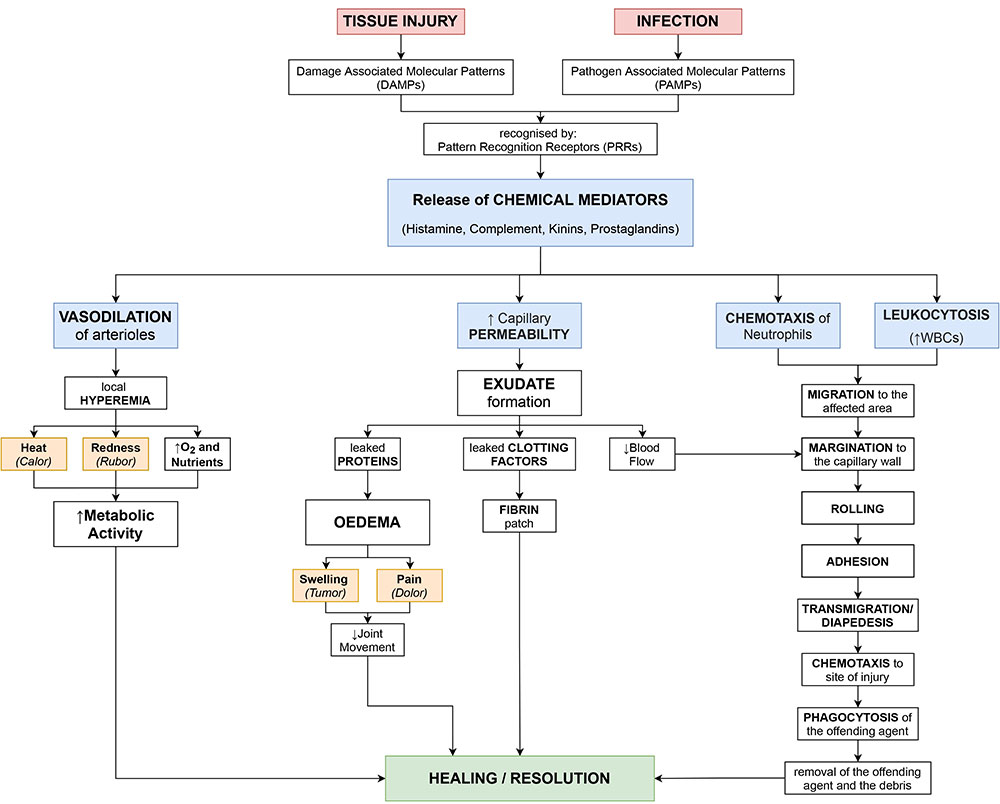Registered Dietitian
You’ve probably heard the buzz word “inflammation” used before in association with many health conditions. Or maybe you’ve heard of powerful anti-inflammatory foods you should eat, or things causing inflammation that you should avoid. What exactly is inflammation and how does it affect your body? We’re going to dive deeper into this topic, what inflammation is and what you can do to combat it with lifestyle and nutrition.
What is Inflammation?
In short, inflammation is a natural process that occurs within our body. The Webster dictionary defines inflammation as “a local response to cellular injury that is marked by capillary dilation, leukocytic infiltration, redness, heat, and pain that serves as a mechanism to initiate the elimination of noxious agents and of damaged tissues.”
More simply put, when our body is met with an injury that it wants to get rid of – that can be a sprained ankle, a bacterial or viral infection, a cut, peanuts if you’re allergic to them – a complex cascade occurs that works to resolve this injury. What happens next depends on the type of injury, and the following events are extremely complex (refer to Diagram A).
Acute inflammatory response
Two Types of Inflammation


1. Acute Inflammation
Let’s use the example of a sprained ankle: the response consists of increased blood flow and permeability in blood vessels to the area, to allow for migration of fluid, proteins, and white blood cells (leukocytes) to the site of tissue damage.
Acute, or short-term inflammation, is a necessary response that lasts anywhere between a few minutes to a few days until the problem is fixed. This type of inflammation is actually good and benefits the body. It becomes problematic when the inflammatory response is occurring longer term.
2. Chronic Inflammation
When the root of an issue isn’t being resolved, and the cascade of inflammatory events continually occur, maybe not to the same degree as a freshly sprained ankle, but at a lower intensity, we refer to this as chronic inflammation.
This type of inflammation can be seen in a whole host of chronic conditions: inflammatory bowel disease or IBS, type 2 diabetes, cardiovascular disease, obesity, and rheumatoid arthritis, to name a few. Chronic inflammation will deplete the body of resources, including antioxidants, which fight inflammation and also introduce free radicals. Free radicals are highly reactive and unstable, causing damage to DNA, proteins, and cell membranes through a process called oxidation. Chronic inflammation symptoms are a little more subtle than acute inflammation, and may manifest as fatigue, bloating, swollen lymph nodes, water retention, digestive issues, brain fog or headaches, and difficulty losing weight.
Diet and Lifestyle Changes to Reduce Inflammation
Now that we have a better understanding of what inflammation means, it’s important to be cognizant of what you can do about it.
You may not always be in control of getting a sprained ankle per se, but there are ways to modify and control for potential sources of inflammation through lifestyle changes, diet and exercise.
Let’s explore a few lifestyle changes you can implement into your routine to reduce chronic inflammation:
1. Minimize Your Intake of Processed Foods

Firstly, a diet high in processed foods, saturated/trans fats, and refined sugars is the hallmark of the North American diet.
A diet high in refined sugars can increase the formation of something called “advanced glycation end products”, AGEs for short. These molecules contribute to the development of atherosclerosis, which is the buildup of fats, cholesterol and other substances in your artery walls. AGEs affect cellular activity by binding to our proteins and impeding their ability to work properly. Not to mention, it contributes to an overall inflammatory state.
Insulin is a hormone produced in response to increases in blood sugar.
In response to increases in blood sugar, insulin is responsible for shuttling these sugars to tissues that need it; to your muscles when you’re exercising for example. Constantly having high spikes in your blood sugar can lead to our bodies developing insulin resistance. That is, we become less sensitive to it, and need more insulin to mount the same response, as blood sugars are constantly high. Fluctuations and high spikes in blood sugars can lead to insulin resistance over time, a profile of pre-diabetes, and overall chronic inflammation. Insulin is a hormone that signals high blood sugars or a state of being constantly full from food. If your body always thinks you’ve just eaten, weight loss becomes very challenging.
To minimize inflammations from our diets, we need to ensure we’re having plenty of dietary antioxidants and minimizing our intake of processed foods. To understand the hype around antioxidants, we must first understand how antioxidants work. They work by neutralizing free radicals, which are extremely unstable compounds produced from normal cell metabolism, or from external sources such as pollution or smoking. They are also produced when the inflammatory response occurs as our body tries to repair the injury – you can see that long-term inflammation will deplete our antioxidant stores as well as damage our body. Vitamins, such as vitamin C and E, are a great source of dietary antioxidants, minerals, (selenium, copper, zinc, for example), and omega-3’s also have amazing antioxidant properties. Another class of antioxidants are phytochemicals, which are plant chemicals and can be found in the form of polyphenols in berries, resveratrol in red wine, lutein and lycopene in tomatoes and carrots.
It’s important to note, however, studies have shown getting these antioxidants from supplements may not be the same as including them in your diet. When they are found in their natural form, in fruit and vegetables for example, they come with the correct ratios, quality, and quantity that they were meant to be had in. Whereas when you consume them via supplementation, they may interact with drugs and other dietary intake. Always choose whole foods where possible.
2. Manage Stress and Get Adequate Sleep

Chronic stress and a lack of sleep contribute to what we call a pro-inflammatory profile. Over time, poor sleep and chronic stress has been shown to increase inflammatory markers in the body, such as C-reactive protein, and has also been associated with increased risks for hypertension, heart disease, depression, and diabetes.
Cortisol, is also increased in times of chronic stress or a lack of rest – it is aptly also called the stress hormone. In short term bursts, cortisol helps to temporarily increase blood sugars and suppress digestion, which is perfectly normal. We just don’t want it going on longer than it should because when it is constantly high it actually contributes to the pro-inflammatory profile. This may also decrease our body’s sensitivity to cortisol – meaning if it is constantly higher than normal at baseline, cortisol levels will need to be even higher to generate a response. Sustained high cortisol over time can lead to a weakening of the immune system, weight gain, fat storage, a decreased sensitivity to insulin, (due to consistently elevated blood sugars), cravings for high calorie food, as well as increases in appetite.
To combat this, practise proper sleep hygiene. A great practice is not eating close to bed time. Although these extra calories don’t actually cause weight gain, they do make a restful sleep harder to achieve on a physically full stomach and may feel uncomfortable. Establishing a bed time routine and sticking to it, minimizing distractions around you, and keeping your bedroom cool and as dark as possible are great sleep habits to incorporate. For a more detailed understanding on helpful sleep practices to maximize your nightly snooze, checkout our Sleep Series in our Healthy Living Library.
Learning how to handle your stressors in life isn’t always easy and is a lifelong learning process. Just as we each have unique stressors; we also have unique de-stressors. I encourage you to turn inward and find what helps you to de-stress. That could be journaling, yoga, going for walks, dates with your friends, exercising and so on. A great calming and de-stressing practice is mindfulness. It’s the practice of being still and focusing your attention on the present moment. So often, we cram our schedules full of activities and work, giving ourselves no time to reflect on the present moment, and accept it without judgement. For a great, guided mindfulness practice, checkout our workshop in our Healthy Living Library.
3. Implement Physical Activity into Your Routine

Lack of exercise can also lead to low-grade chronic inflammation. Certain types of exercise such as high intensity interval training, HIIT, promote short term-inflammation; but over time they lead to a more anti-inflammatory profile and are associated with decreases in inflammatory markers. Additionally, exercise can promote weight and fat loss.
Adipose tissue, or fat cells, promote inflammation. By exercising and losing weight you can decrease the inflammation associated with fat cells, and improve your insulin sensitivity, so that your body will be better adept at handling fluctuations in blood sugars.
Health Canada recommends 20 minutes of moderate physical activity daily, and muscle strengthening activities using major muscle groups at least twice per week. Moderate activity can include bike riding, brisk walking, and mowing the lawn or shovelling snow (depending on the season). I encourage you to implement physical activity into your lifestyle, if you don’t already.
Conclusion
Inflammation in the short-term is necessary and healthy; it’s our body’s way of fighting off infections and healing injuries.
However, you need to be wary of low-grade chronic inflammation, as it has been shown to be involved in the early stages of chronic disease development. Optimize your diet by minimizing processed foods and increasing whole foods with an emphasis on fruit and vegetables. Find your unique de-stressors to limit daily stress, ensure adequate sleep, and incorporate exercise into your daily routine. This is a great way to continue leading the healthy, happy and active life of your dreams!


